
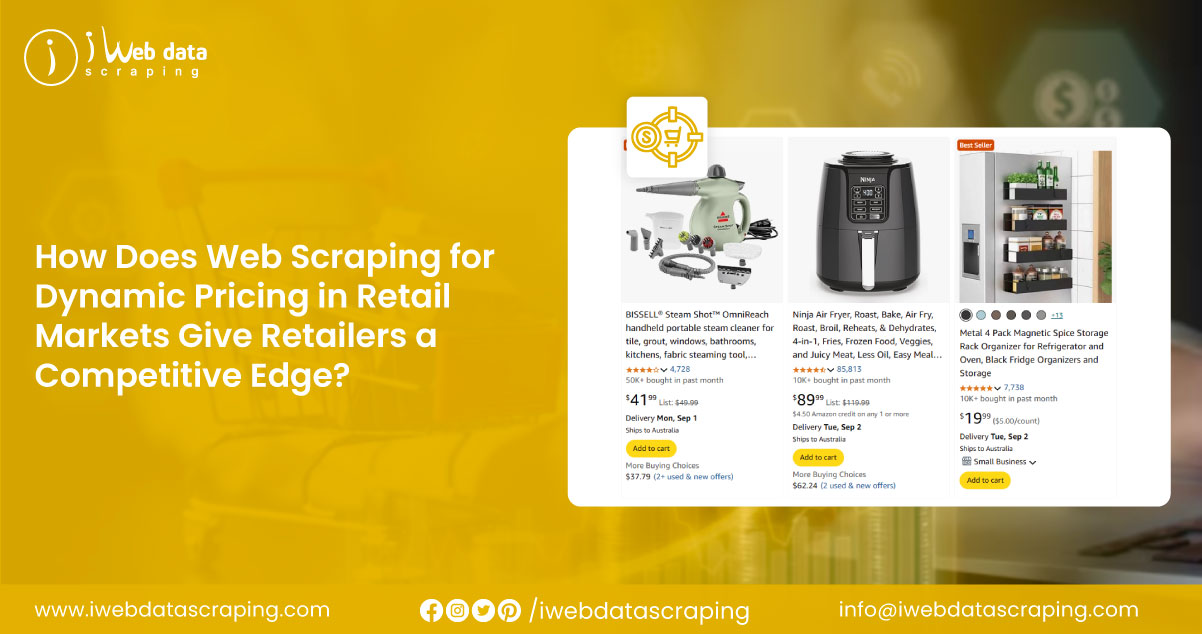
The retail industry is evolving faster than ever, with technology reshaping how brands and consumers interact. Traditional pricing models are no longer sufficient in a hyper-competitive landscape where consumer preferences, demand fluctuations, and competitor strategies change daily. This is where Web Scraping for Dynamic Pricing in Retail Markets becomes an invaluable tool for retailers, enabling them to collect real-time pricing insights, optimize strategies, and stay ahead of competitors.
For many brands, Retail price scraping for competitive analysis has become the backbone of decision-making. It allows companies to understand the constantly changing market dynamics and consumer behavior. When executed correctly, data scraping empowers businesses to monitor competitors, adjust prices in real-time, and maximize profitability. Moreover, it provides access to raw, authentic datasets that reveal how retailers across categories price their products and engage customers.
To thrive in such a volatile ecosystem, companies must learn to Extract Retailers Data for Pricing Strategies. From small businesses looking to stay competitive to global e-commerce giants optimizing across thousands of SKUs, web scraping offers scalable solutions. Instead of relying on assumptions or outdated reports, brands now rely on fresh, accurate, and comprehensive retail datasets to implement agile and precise pricing strategies.
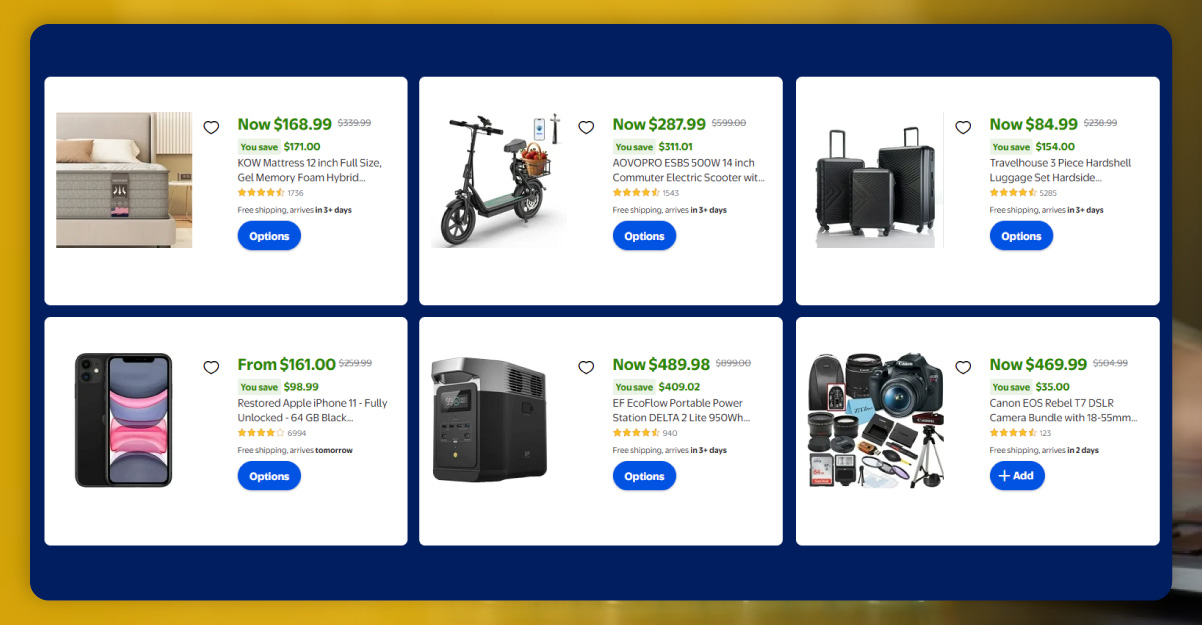
Dynamic pricing is the practice of adjusting product prices in response to real-time factors such as market demand, competitor actions, seasonality, or consumer trends. Airlines and hotel industries were among the first to implement this strategy, but retail is now catching up at a rapid pace.
For instance, if a competitor lowers the price of a best-selling item, a brand can use scraping tools to detect the change and instantly revise its pricing to remain competitive. Similarly, during festive seasons or flash sales, dynamic pricing enables businesses to maximize revenue by balancing discounts with demand-driven surges.
At its core, dynamic pricing is about data-driven agility. Without accurate, up-to-the-minute information, retailers risk either overpricing (losing customers) or underpricing (eroding profits). This is where web scraping becomes the bridge between market data and actionable insights.
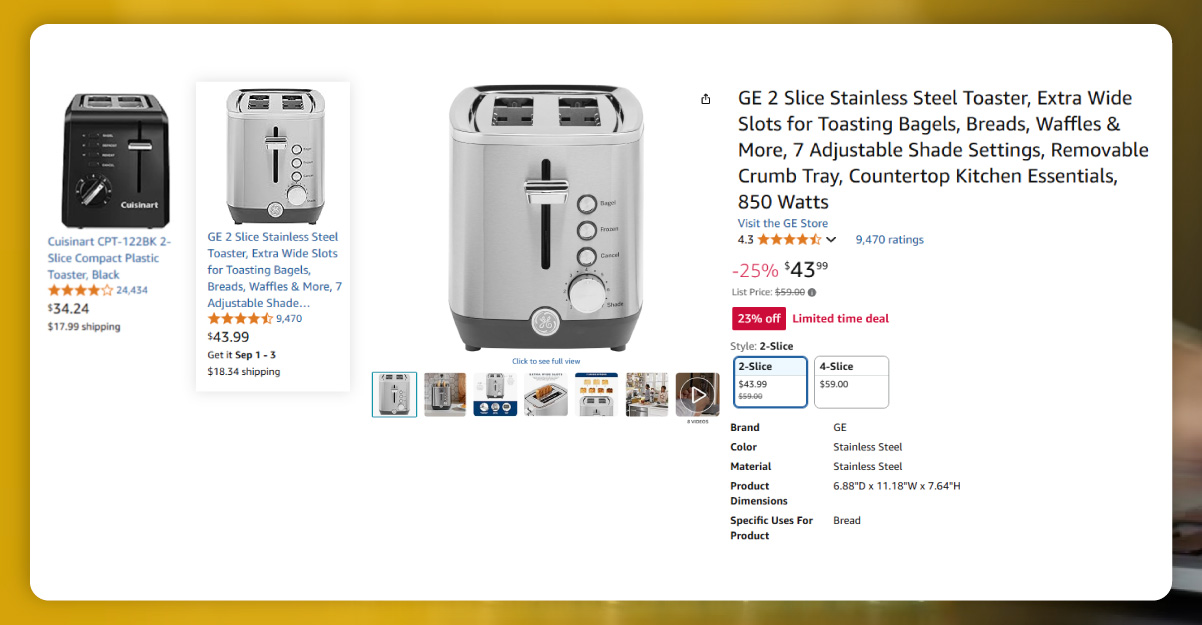
Web scraping allows businesses to scrape competitor prices for retail pricing models in real time. Instead of manually checking hundreds of websites, scraping bots systematically extract data such as product listings, prices, discounts, availability, and shipping details. This data is then processed and transformed into insights for decision-makers.
Retailers use these insights to identify:
When combined with predictive analytics and machine learning, scraped data becomes the foundation for intelligent pricing automation.
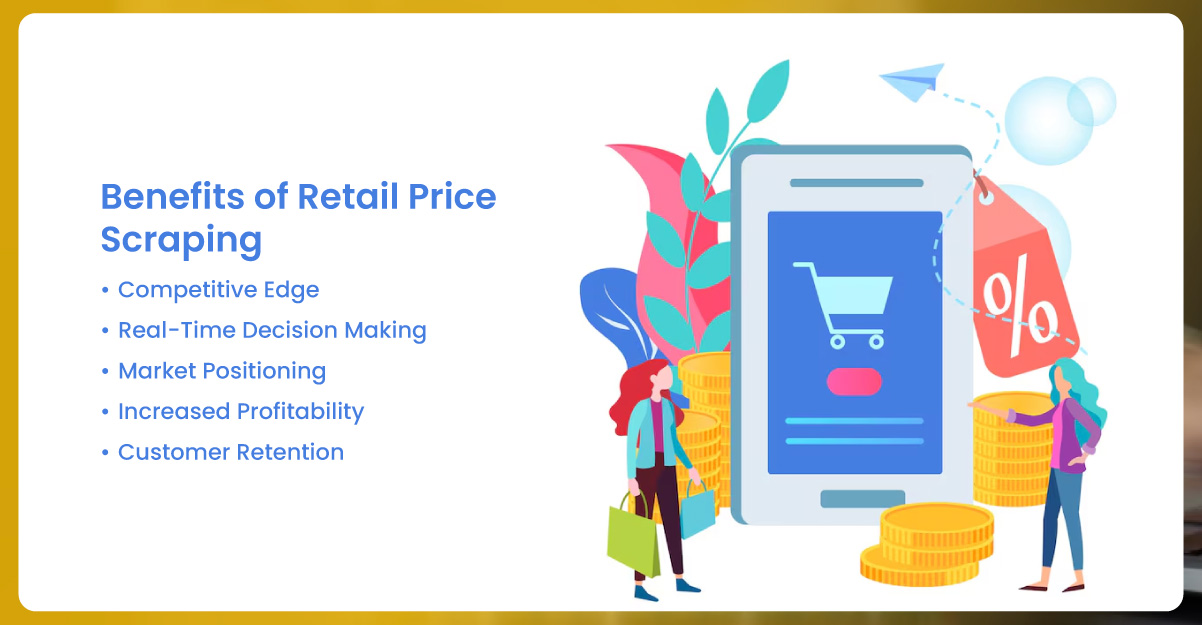
Retail price scraping empowers businesses with actionable insights by tracking competitor pricing, monitoring promotions, and identifying market trends. It helps retailers optimize pricing strategies, improve competitiveness, and boost profitability while responding quickly to changing consumer demands in dynamic markets.
The process of scraping for pricing involves several steps:
Modern scraping tools can collect not just pricing but also shipping costs, discount codes, stock availability, and even product bundling patterns.
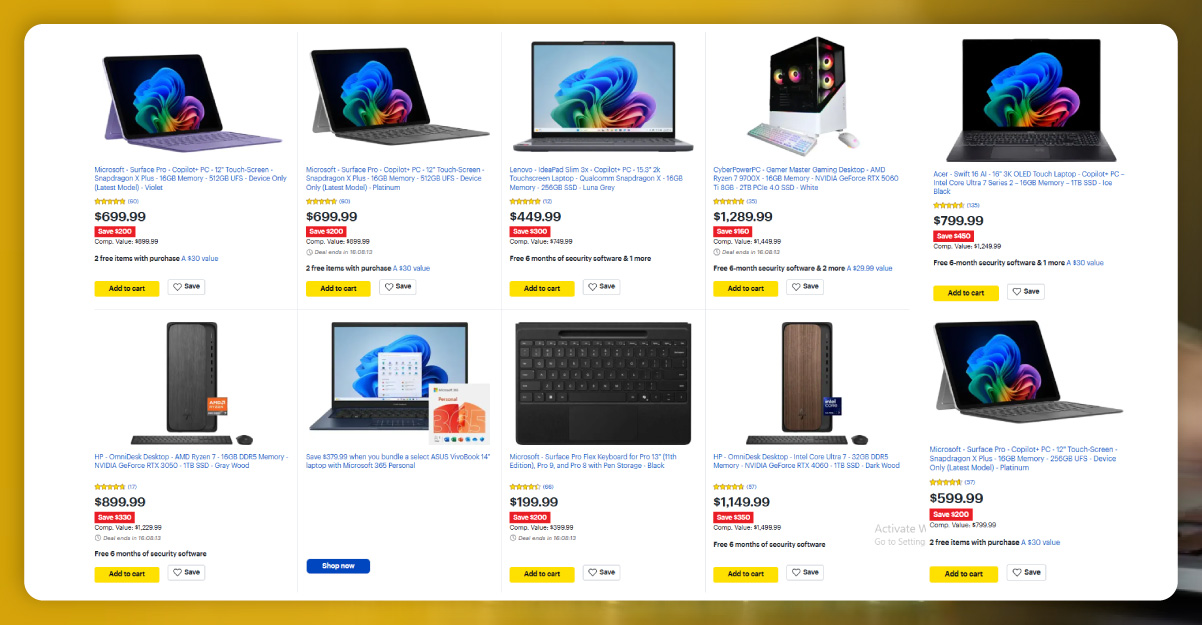
Practical applications of retail price scraping extend across industries, enabling businesses to monitor competitor prices, analyze discount strategies, track product availability, and study consumer demand. By leveraging these insights, retailers refine pricing models, enhance market positioning, and make informed, data-driven decisions that maximize profitability and customer satisfaction.
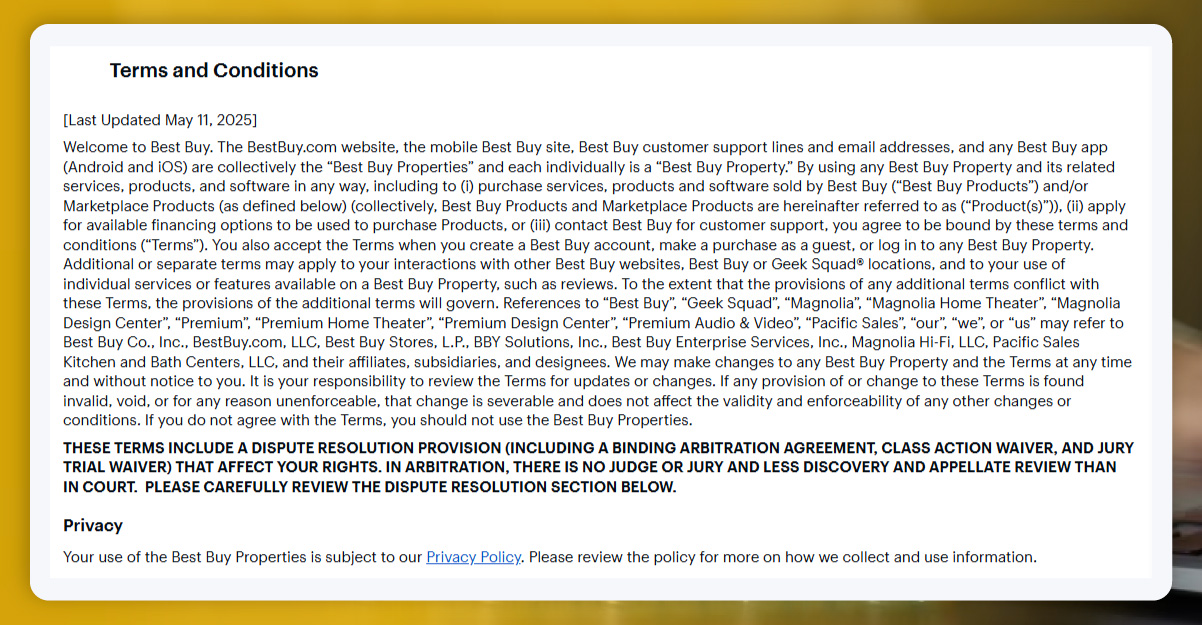
While scraping offers immense value, businesses must navigate specific challenges:
To overcome these, businesses often partner with professional scraping services that ensure compliance, scalability, and data integrity.
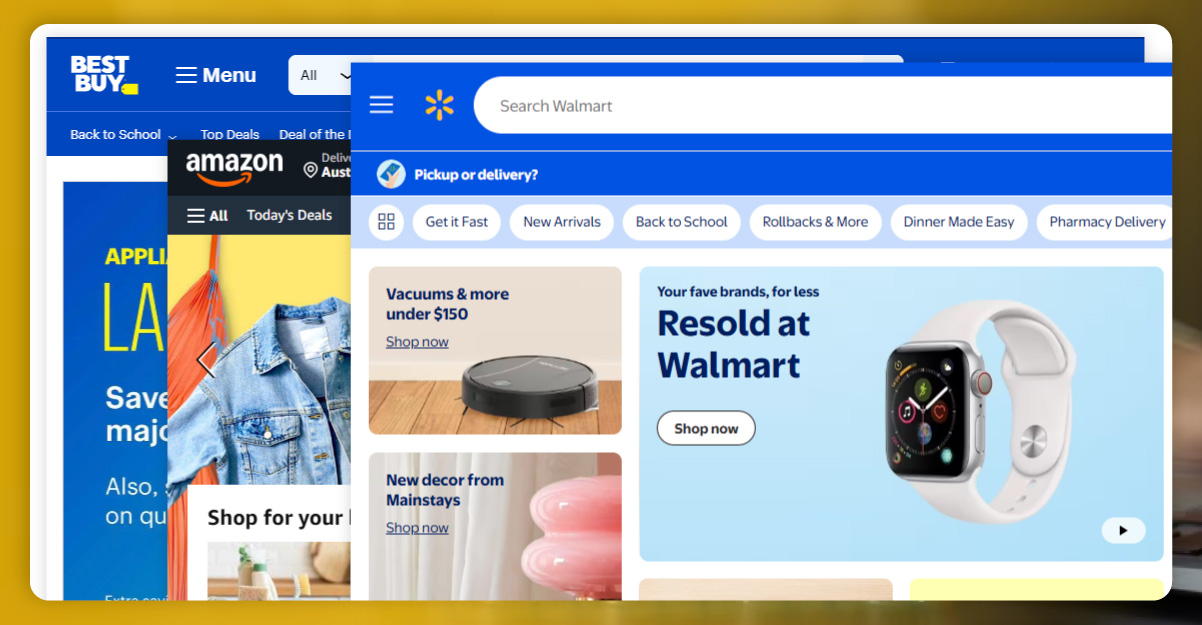
Benchmarking is essential for retailers to understand where they stand compared to competitors. Through Web Scraping eCommerce platforms for retail price benchmarking, companies can access live market intelligence.
For instance:
This benchmarking enables retailers to align prices while differentiating through customer experience, delivery speed, or bundled offers.
Unlock smarter pricing decisions today with our advanced retail data scraping services – stay competitive, agile, and profitable!
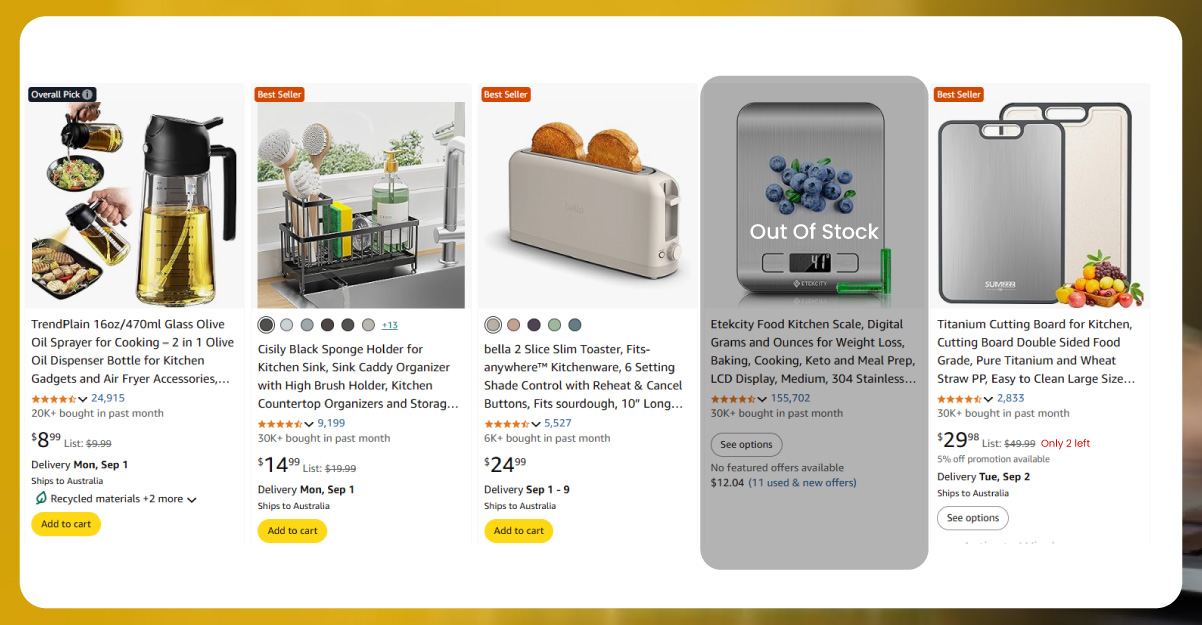
Retailers today rely on scraping not only for competitors but also for consumer-facing insights. When businesses Extract Popular E-Commerce Website Data , they unlock a goldmine of information such as:
This granular view of the market allows retailers to refine product assortments and develop pricing strategies that resonate with consumer demand.
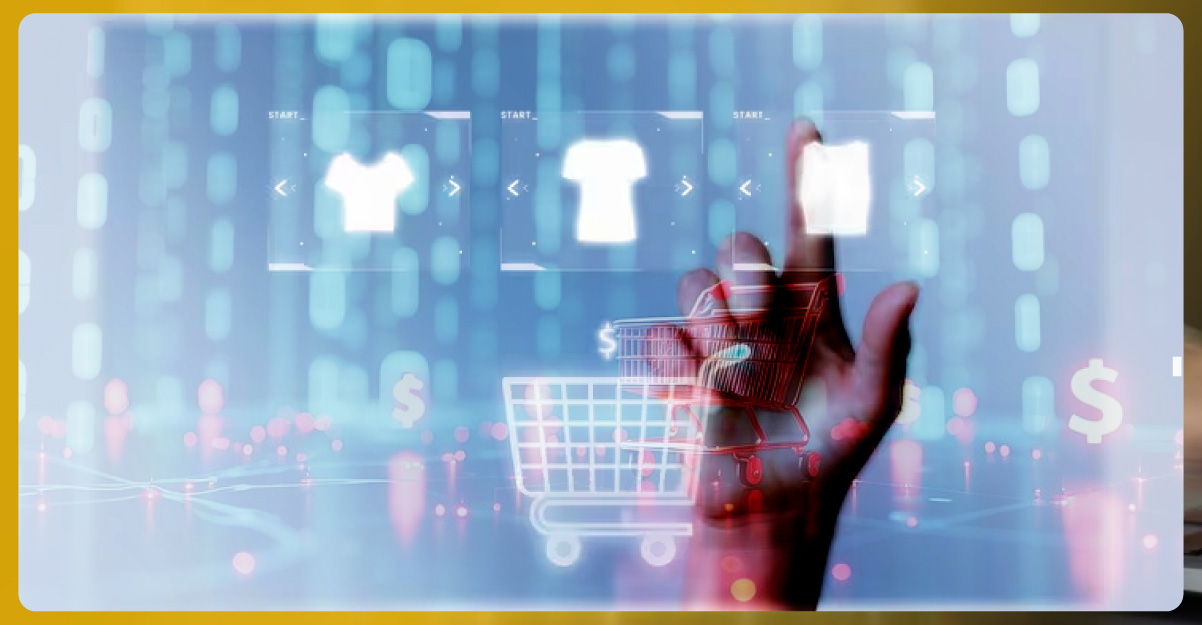
The future of retail will be defined by automation and intelligence. With AI, machine learning, and real-time scraping combined, pricing will become:
Retailers that fail to adopt these innovations risk falling behind, while those embracing them can expect not only higher revenues but also long-term customer loyalty.
Dynamic pricing is powerful, but businesses must deploy scraping ethically. That means avoiding breaches of website terms, ensuring transparency in pricing, and maintaining fairness for consumers. Scraping services must comply with regional data regulations (like GDPR in Europe) to ensure legitimacy and trust.
The retail landscape is highly competitive, and survival depends on making smarter, faster, and data-backed decisions. With the right strategies, businesses can monitor competitors, optimize pricing, and maximize profits in real time.
Whether it’s analyzing market trends, benchmarking across platforms, or leveraging insights from consumer behavior, the ability to gather and use pricing data is transforming the way brands operate. By learning to track competitor prices effectively, businesses can adapt quickly and stay competitive.
The next frontier lies in leveraging broader datasets beyond just pricing. By analyzing reviews, consumer sentiment, and ratings alongside pricing information, retailers gain a 360-degree view of the market. Incorporating an Ecommerce Product Ratings and Review Dataset into pricing models ensures businesses are not only competitive on price but also aligned with consumer expectations.
Finally, integrating these strategies with professional ECommerce Data Intelligence Services and tools, such as an advanced E-commerce website scraper , ensures scalability, compliance, and accuracy. In the age of digital retail, pricing is no longer static—it’s dynamic, data-driven, and decisive.
Experience top-notch web scraping service and mobile app scraping solutions with iWeb Data Scraping. Our skilled team excels in extracting various data sets, including retail store locations and beyond. Connect with us today to learn how our customized services can address your unique project needs, delivering the highest efficiency and dependability for all your data requirements.